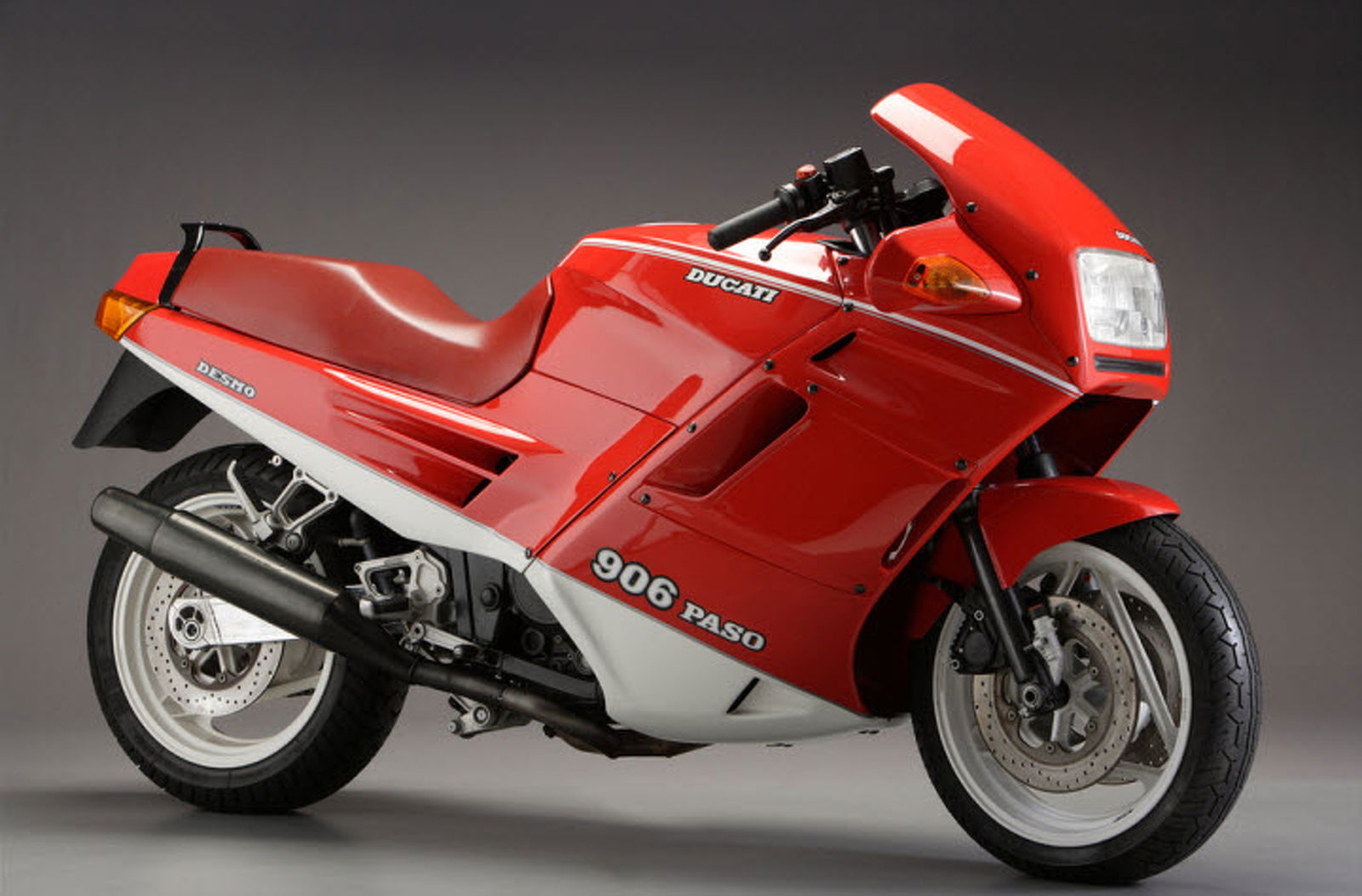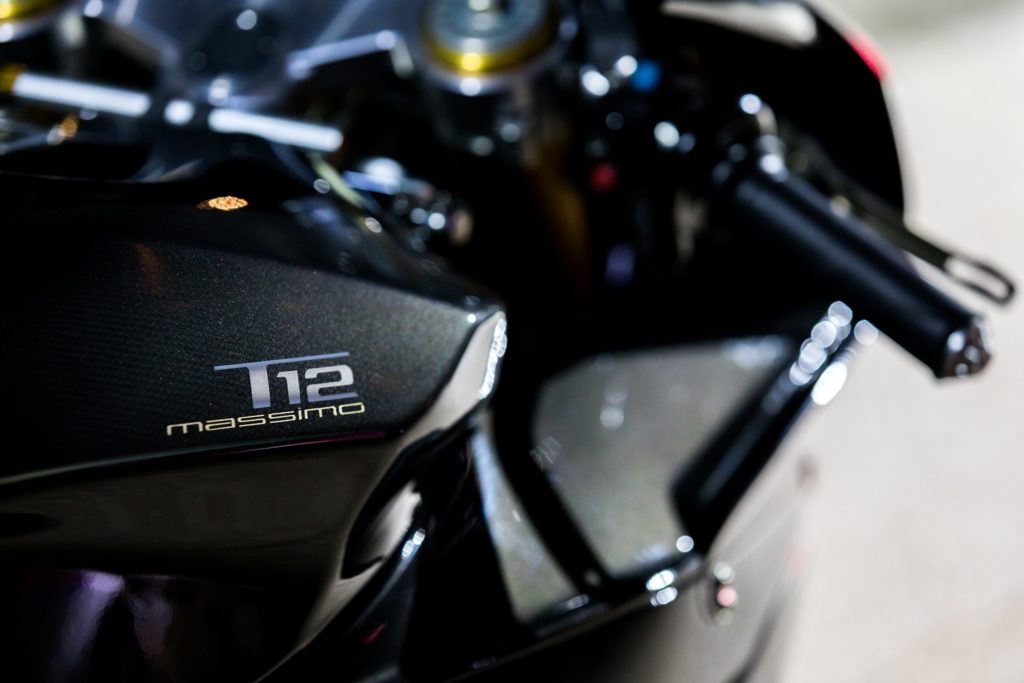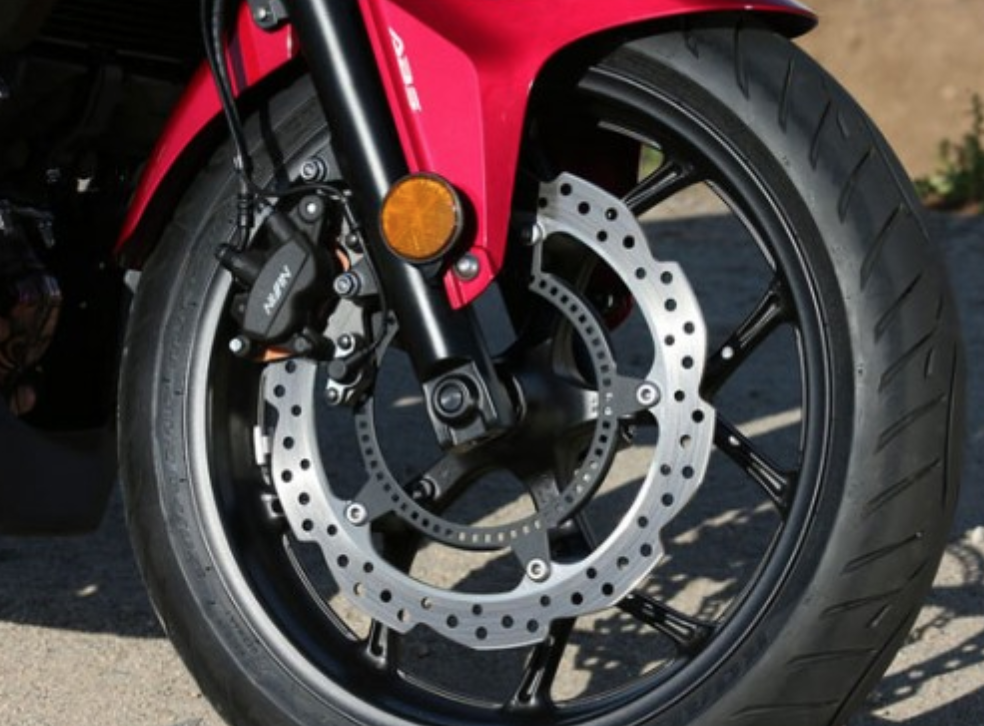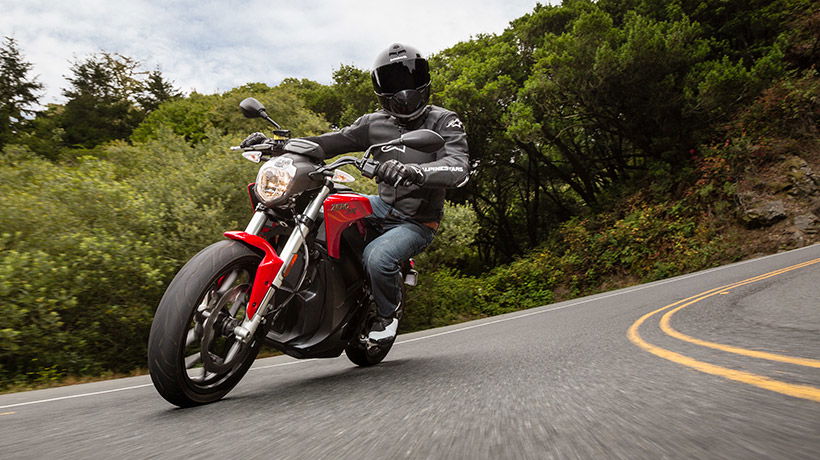Massimo Tamburini – How one designer shaped today’s motorcycles
As Massimo Tamburini was honoured last week in Misano with a Bronze bust in his hometown, Visordown looks back at the iconic designer’s lifetime in motorcycles

FOR many motorcyclists, Massimo Tamburini and his greatest works are easy to pinpoint, the Ducati 916 and MV Agusta F4 immediately spring to mind.
But these weren’t acts of serendipity. The road to making such iconic creations was a long one. Here’s how he got there.

Massimo Tamburini: The early years
Born just outside the pretty town of Rimini, Massimo Tamburini’s life began in humble beginnings. The son of a farmer, who’s family couldn’t afford to send him to University, motorcycles were a love of the young Italians from a very early age. Tamburini even said: “I have always had a huge passion for motorcycles—my mother used to complain about it when I was a little boy, calling it my obsession! I have never had any desire to design anything else”
His first immersion in the industrial world of motorcycles happened at the 1961 Monza World Championship race. With the likes of Degner, Redman and Hailwood battling on track. The fire was lit, with the young Italian race tuning motorcycles as a side-line to his engineering business in later years.

Tamburini’s first creation arrived in 1971, in the form of a modified MV Agusta 750 Sport (seen above), fittingly a machine that caught his attention back in 1961 and inspired his career path. The frame was welded by himself, with the engine and suspension being optimised for sports riding. To look at, the bike even echoes the design style of Tamburini’s early machines.

Bimota is born
In 1973, Tamburini partnered with Valerio Bianchi and Giuseppe Morri to create Bimota. The name for the company was taken from the first two letters of each of their surnames.
The naming ethos would follow Bimota, as they named its bikes. As an example the SB8 is represented by the S of a Suzuki engine and the B of a Bimota frame. Thereafter, Ducati-powered bikes were referred to by the DB nomenclature.
After 11 years with Bimota, Tamburini moved briefly to the join the 500cc Grand Prix championship as part of Roberto Gallina’s racing project, before eventually being scooped up by Claudio Castiglioni’s Cagiva group.

Massimo Tamburini takes his vision to Cagiva
At the time Cagiva were one of the most powerful motorcycle engineering concerns in Italy, the ideal foundation for Tamburini to begin crafting some of his most iconic machines.
Tamburini’s first Ducati was the fully faired, completely enveloped Paso. The bike was a bold move for Ducati and helped make fully faired motorcycles an easier to swallow concept for the mainstream motorcyclist.

For Tamburini’s finest hour – as many consider – he teamed up with Pierra Terblanche and the two helped to engineer one of the most iconic outlines in sports motorcycle history; the Ducati 916.
Looking as handsome today as it did in 1994, the Ducati 916 was a blend of race bike and road bike, with elements of Pierre Terblanche’s Supermono race machine flowing through its carefully scuplted lines. With a weight of just 200kg and about 115hp on tap, the Öhlins shod Ducati 916 was a revelation on the road and is widely considered a pioneer of its time.
It also destroyed its opposition on track, clinching four WorldSBK championship titles – 3 for Carl Fogarty and another for Troy Corser – between 1994 and 1998.

MV Agusta beckons
With the Castiglioni brothers looking to downsize operations, Cagiva let Ducati go in 1996, but managed to hold on to Tamburini to work on MV Agusta’s next generation sportsbike, the MV Agusta F4
However, Tamburini was already ill. Diagnosed with prostate cancer around the time of the machine’s unveiling – to universal acclaim - it’s claimed his son Andrea said he wanted to survive the illness to finish the bike, saving MV Agusta in the process.

Tamburini T12 - 'the ultimate project'
Indeed, he did survive, long enough to go on building and making bikes. One of which remains the most exclusive of all his creations – the Tamburini T12.
Nicknamed ‘the ultimate project’ by the man himself, the T12 has the power of a superbike in a chassis the size of a 500cc GP machine. It produces 230hp from its BMW S1000RR engine and weighs in at just 150kg.

The super-exclusive machine has rarely been seen in public and very few were made. Tamburini really did leave his best work till last.
Tamburini was diagnosed with lung cancer in November 2013 and underwent chemotherapy near his residence in San Marino. His health continued to decline, and he died on April 6, 2014 at age 70. Around 500 people attended his funeral in Rimini on April 9.
Today, his memory lives on in the icons he created.


